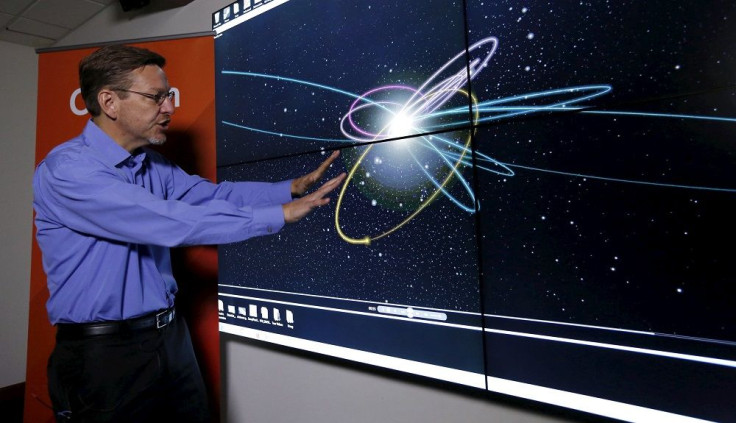Planet 9 could destroy solar system

In April, a scientist from the University of Louisiana warned that Planet 9 could trigger comet showers which would bomb the Earth’s surface, potentially killing all life on the planet. However, another study by Dimitri Veras at the University of Warwick says Planet 9’s destructiveness could extend to the solar system.
Although Planet 9, or Planet X, remains a hypothetical planet, Scott Sheppard, lead author of a new study and from the Carnegie Institution for Science, says he is 80 percent sure there is a Planet X. Sheppard, in a new study with Chadwick Trujillo of the Gemini Observatory in Hawaii, inferred the possibility of Planet X in 2014 after they analysed highly elliptical orbits of Sedna, a dwarf planet, and 2012 VP113, a new object the two spotted and nicknamed as Biden, reports Space.com.
Since the two and other extremely distant objects have common orbital characteristics, it suggested the path of these bodies around the sun could have been shaped by a large planet in the area which was twice to 15 times more massive than Earth.
Veras acknowledges scientists are still unsure about the existence of Planet 9 and the basis of their belief is the strange movement of other objects in the solar system’s far distance. If the existence of a distant massive planet could be confirmed, it could fundamentally change the solar system’s fate, notes IOL.
His study, published in the Monthly Notices of the Royal Astronomical Society, states the Sun’s future could be foreshadowed by white dwarf planets pollute by rocky debris. Veras says Planet 9 could be the catalyst for the pollution.
Sheppard and Trujillo’s hypothesis was apparently supported by another study by California Institute of Technology astronomers Konstantin Batygin and Mike Brown. Their computer simulations suggest a planet with a mass 10 times that of Earth and about 600 astronomical units from the Sun could explain the odd clustering in the region.
VIDEO: A New Planet in our Solar System? NASA Takes a Look
Source: NASA




















